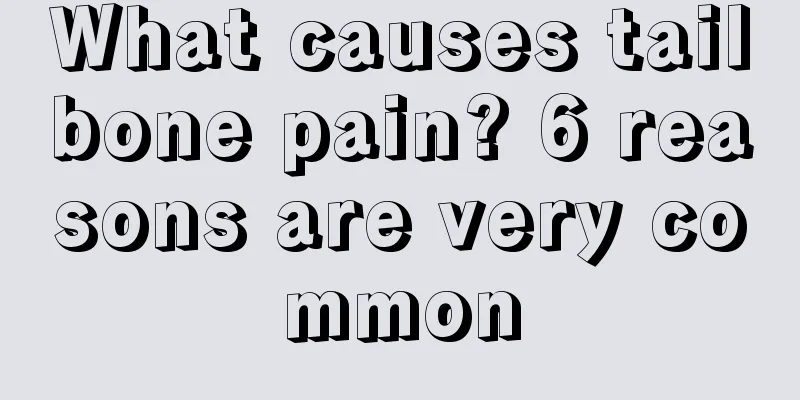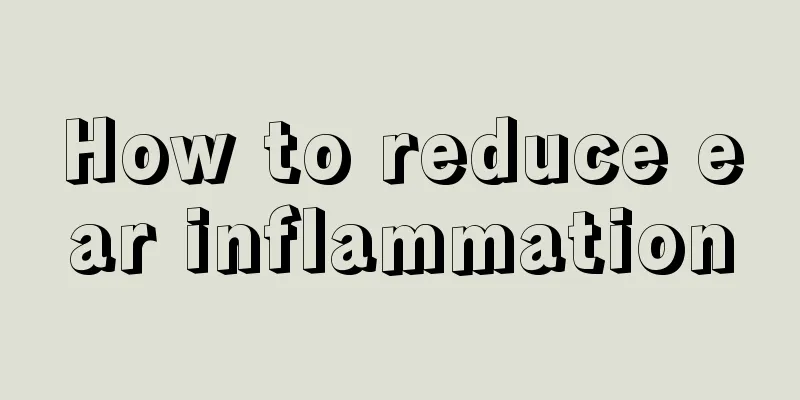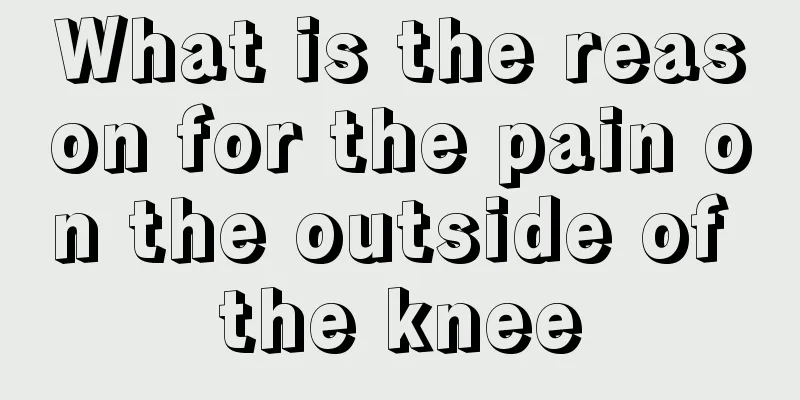What causes tailbone pain? 6 reasons are very common

|
Health is the most precious wealth in life. When we find that there is a problem with our physical health, such as symptoms of coccyx pain, we should think about the seriousness of the problem, find the cause in time and carry out correct handling and treatment to avoid adverse consequences and regrets. 1. Anatomical factors Coccyx pain is related to anatomical factors. There are 3 to 5 coccyx vertebrae. The joints between the coccyx vertebrae are connected by fibrous cartilage, and the sacrococcygeal joints are connected in a gap. When injured or chronically strained, the physiological curvature of the coccyx may change, causing instability or deformation of the coccyx and pain. 2. Trauma and chronic strain The pain factors mainly come from the coccyx and the soft tissue around it. Chronic strain during acute injury can cause varying degrees of bleeding, edema, organization, degeneration, spasm and other changes in the soft tissue around the coccyx, causing pain; it can also cause dislocation, fracture, and morphological variation of the coccyx, causing the coccyx to bend forward and enlarge, causing pain. 3. Degenerative changes If you suffer from acute or chronic injuries, it will lead to subluxation of the sacrococcygeal joint, causing the joint to gradually degenerate and become narrow, irregular or petrified, thereby restricting joint movement. Therefore, when the joint moves passively, coccyx pain symptoms will occur. 4. Infection The infection focus in the pelvic area, deep infection reaches the pelvic muscles through lymphatic drainage, which can cause muscle or muscle reflex spasm and produce coccygeal pain. 5. Tumor Chordoma is the most common, but enchondroma or chondrosarcoma may also occur. Caudal glomus tumor can also cause coccygeal pain. Lipoma beside the medullary tissue can cause edema or hernia formation through the thick fascia, causing coccygeal pain. Fat nodules can be touched around the sacrum of such patients. 6. Other factors Damage to the lumbar sacral region, such as slippage, can cause coccygeal pain by compressing the dura mater and nerve roots. Larger central lumbar disc herniation can also lead to the same pathological effects. Functional neurosis and sacral nerve root arachnoiditis can also cause coccygeal pain. |
<<: It turns out that you need to pay attention to these things after thyroid nodule surgery
>>: Is Schisandra chinensis effective in treating impotence?
Recommend
Late-stage bone cancer cure rate
What is the treatment effect of bone cancer? This...
Early symptoms of hepatitis
Hepatitis is a common and frequently occurring di...
What to do if your face turns red after drinking
Drinking at social gatherings during festivals is...
Can oral condyloma heal itself?
Oral condyloma is a viral infection, which is usu...
Eye and ear care for nasopharyngeal carcinoma patients during chemotherapy
Radiotherapy is the preferred treatment for patie...
What's wrong with cold calves
For women, the most important thing is to keep wa...
Colorectal cancer patients should choose appropriate treatment according to their different conditions
In recent years, the incidence of colorectal canc...
Stomach bloating and bad breath
Gastric bloating is a manifestation of the inabil...
What are the symptoms of sagging eyelids in middle-aged women
Ptosis is the drooping of the upper eyelid, which...
Sichuan pepper can relieve toothache pain immediately
When having a toothache, the patient will feel ob...
Early diagnosis of testicular cancer
The testicles are important male reproductive org...
The skin on my body hurts when I touch it
Our skin can be said to be the largest organ visi...
Sore thigh muscles
The thighs are muscular, and the muscles are more...
Why have I been feeling nauseous lately?
Nausea is a common phenomenon in daily life. Most...
What should I do if my feet itch in winter?
The foot is the most important and yet most easil...









